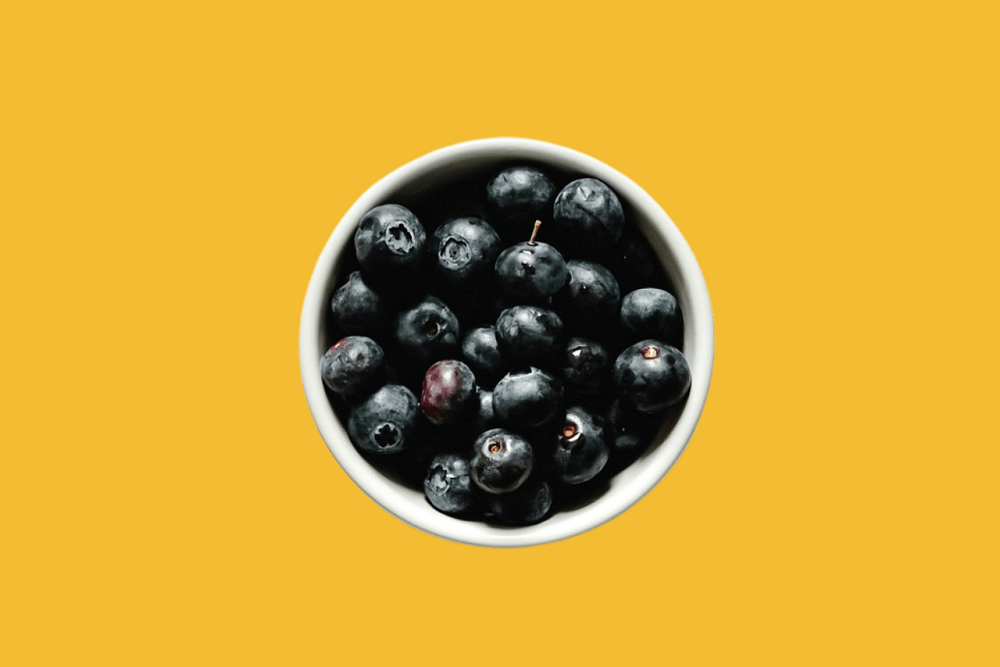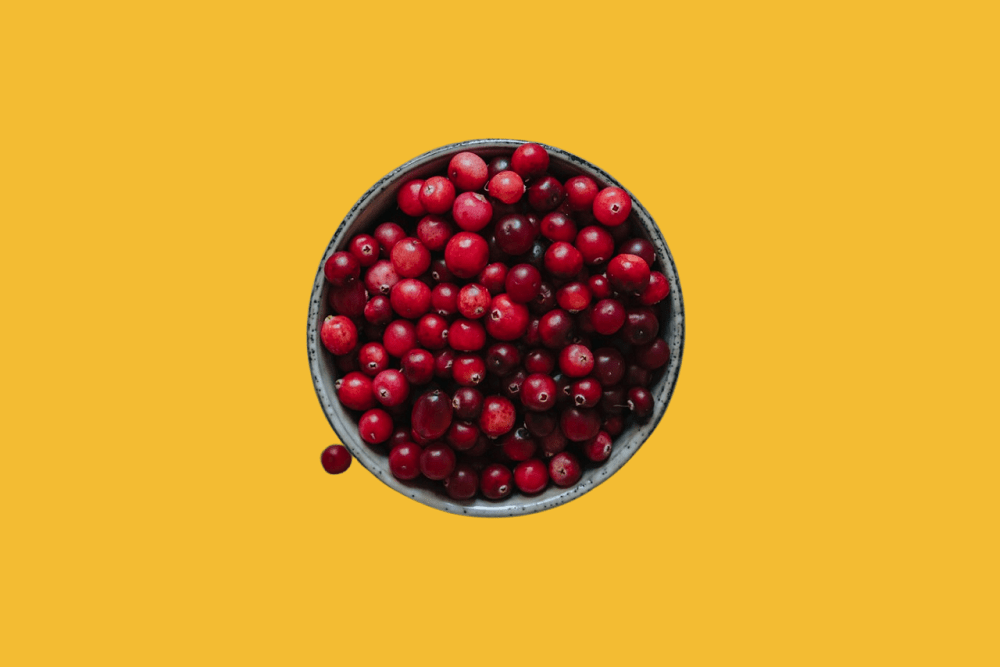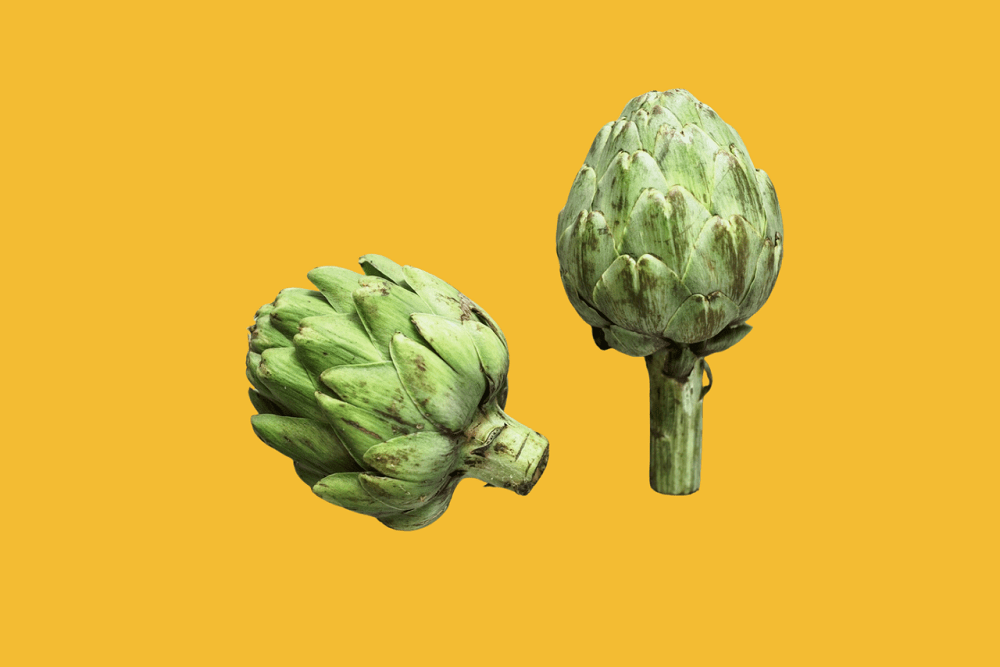Free radicals; you’ve probably heard them mentioned by health food experts and nutritionists, but perhaps never sought further explanation. Or, maybe you’re like us, and assumed they were a cool band you ought to investigate…
In actuality, free radicals are molecules that are produced in the body, and are used for cellular processes like digestion. However, when we’re exposed to pollution, and when we drink, smoke and eat unhealthy foods excessively, our body produces too many of these free radicals. This excessive production of free radicals has been linked to a harmful process called oxidative stress, and to premature ageing and a host of diseases, in turn.
So far, so gloomy. The good news is that this oxidative stress is best counteracted (as is always the case) by a healthy, wholesome diet, rich in antioxidants that are believed to prevent some of the damage caused by free radicals by neutralising them.
So, what superfood sources of antioxidants should you be eating as part of a balanced diet? Let’s find out.
Blueberries
Considered the king of all antioxidant fruit and vegetables, several studies have found that blueberries boast the highest amount of antioxidants of all the fresh ingredients out there. Particularly rich in anthocyanins, blueberries have been shown to lower LDL cholesterol levels and blood pressure.
Whether you’re sprinkling a handful over your morning cereal or enjoying a small bowl as an afternoon snack, blueberries make for one of the most healthy dietary additions around. One of the easiest and most delicious ways to incorporate blueberries into your daily routine is through smoothies. Their naturally sweet flavour pairs beautifully with banana, spinach, or Greek yoghurt, while their antioxidant power remains fully intact when blended.

Dark Chocolate
Rejoice! Celebrate! Party! Crack out a bar of the 70% stuff and indulge a little. That’s right; dark chocolate also contains important antioxidants, including polyphenols, catechins and flavanols, the latter of which also contains anti-inflammatory properties. As if we needed an excuse…
Of course, owing to its high sugar and fat content, dark chocolate should be enjoyed in moderation. The maximum recommended daily allowance for adults with no health problems is between 30 and 50 grams a day, which is roughly equivalent to 5 squares of the good stuff. Again, everything in moderation seems a sensible approach here.
Read: Why does chocolate make you happy? 4 IDEAL reasons to indulge
Cranberries
A study into the antioxidant properties of 20 common fruits found that cranberries contain the highest levels of phenols, a key antioxidant. But that’s not all; cranberries also boast anthocyanins, another important antioxidant. Because of this, research has looked into the possibility that cranberries may help protect against liver disease by potentially detoxing the liver, as well as improving eyesight and cardiovascular health, and lowering blood pressure.
Cranberries are fantastic for keeping your urinary tract healthy, too. Cranberry juice is great for preventing bladder infections, as it acts as a natural antibiotic and anti-inflammatory agent.

Green Tea
Green tea has been used for centuries, not only as a refreshing drink, but also as a detoxifying force. Green tea contains a type of catechin, EGCG, which acts as an antioxidant and reduces the formation of free radicals in the body. EGCG is a powerful compound, and its presence is what gives green tea its medicinal properties.
Of course, it’s not just the properties of green tea that are so good for you. Though it isn’t an antioxidant, water is one of the body’s only scientifically proven tools that genuinely help with ‘detoxification’. Water does this by removing waste products from the body through urination, breathing and sweating. Do remember to drink at least 6 cups a day.
Beans
Beans, beans, the musical fruit, the more you eat the more you, erm, mute. Free radicals, that is…
That didn’t quite work as a rhyme or a joke, but what does work in terms of giving your body the best chance to counter free radicals is the consumption of beans. Pinto, red, black, cannellini, haricot, kidney, broad, green…beans are some of the vegetable world’s best sources of antioxidants. Enough to tolerate a little extra wind for, don’t you think?
Read: 5 IDEAL recipes if you’re in the mood for butterbeans
Artichokes
Another wind inducing vegetable that’s also considered a superfood because of its antioxidant properties is the humble artichoke. This delicious cruciferous vegetable is particularly high in the antioxidant chlorogenic acid, which has been linked to a reduced risk of developing type 2 diabetes. Interestingly, this component is also found in coffee.
Two of our favourite food and drink items in a single paragraph? You’re really spoiling us.
Read: How to take your coffee game to the next level in 7 simple steps

Dark Green Leafy Vegetables
Finally, another reason to eat your greens…
Dark green leafy vegetables, such as spinach and kale, have long been heralded as a superfood, and one of the reasons for this is their antioxidant properties. Interestingly, red variants of green vegetables are thought to be even more rich in these antioxidants, with red Russian kale boasting twice the amount as the green stuff. A similar ratio occurs between red and green cabbage, too.
This is because, as Healthline explains, ‘’red varieties of kale contain more anthocyanin antioxidants as well as several other antioxidants that give them their vibrant color.’’.
Speaking of colour, it’s often posited by nutrition experts that the most healthy diet isn’t one that just focuses on consuming superfoods to excess. This could, in fact, be harmful. Instead, it’s recommended that a healthy diet is often one with the brightest and most varied range of colours.
In plants, different pigments and shades indicate the presence of different antioxidants that your body needs, so if you’re looking for an easy, simple way to enjoy more ingredients with antioxidant properties, ‘’eating the rainbow’’ is likely to be a more wholesome, sustainable way to do things than by focusing only on superfoods.
*This article is not intended to replace dietary, nutritional or medical advice, diagnosis or treatment given by a qualified professional. Instead, this article only provides information, not advice. For any medical enquiries concerning your diet, always consult your GP or a qualified nutritionist first*




